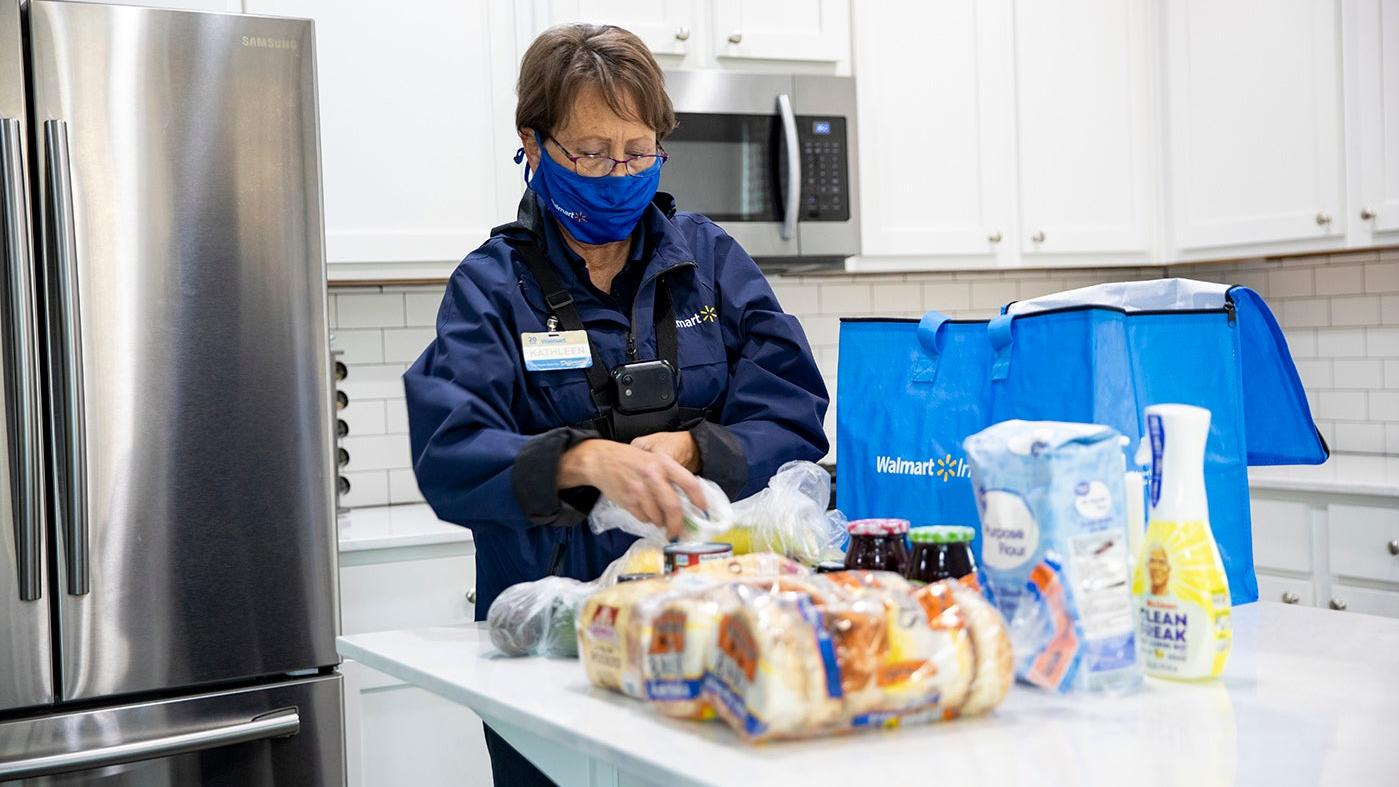Walmart's In-Home Delivery Service: Creepy Or Useful?
The delivery people wear body cameras, but does that provide peace of mind?
Walmart has taken home delivery one step further, and I can't help but feel just a tad creeped out. The company announced, in a press release, that it will expand its InHome delivery service from 6 million to 30 million households by the end of this year.
Customers who use the InHome delivery service from Walmart give permission for "trusted Walmart associates" fitted with cameras to enter their home when they aren't there. The employees deliver perishable groceries straight to the refrigerator, place non-food items on the counter, and will take any returns, if directed. The details are available on the InHome FAQ page.
On one hand, coming home to a fully stocked fridge with no need to run back out to the store to make returns both sound like great ideas. On the other hand, I can't find any way to describe the thought of a stranger coming into my place with a camera strapped to them other than that it gives me the heebie-jeebies.
CNBC describes a demonstration of the service in which a delivery driver attaches a wearable camera to themselves:
"Then, the employee used a smart lock at the front door from Walmart to enter the home. Outfitted with protective coverings over their shoes, the delivery person carried the order inside in plastic bins, and placed items in the refrigerator or on the counter, as requested. Before leaving, all surfaces touched by the worker were wiped down and sanitized."
Customers are able to watch the live feed of the delivery or watch a recording after the fact using the Walmart app.
What I'm picturing is someone with a full hazmat suit and a GoPro-style camera on their head like something out of a science fiction movie. Living through this pandemic, I can appreciate the fact that surfaces are sanitized and precautions are taken to keep everyone safe, but for me, front door delivery accomplishes just about the same thing. I understand the desire for convenience, but this just seems like a step too far. Then again, there are a few populations of people—long shift workers, the elderly, etc.—who might benefit from in-home delivery. But are those people going to want to pay the $148 annual membership fee?
